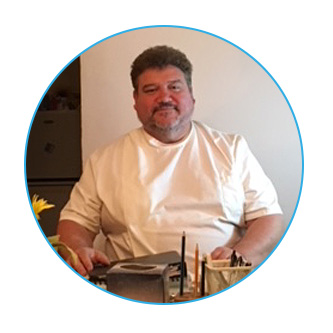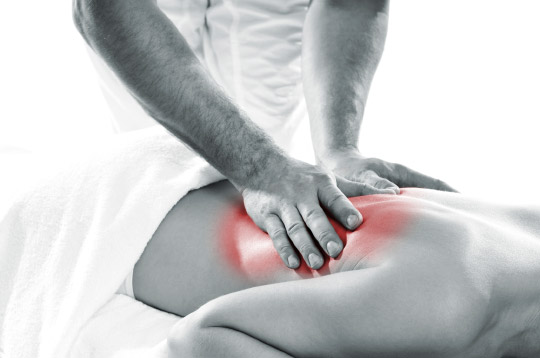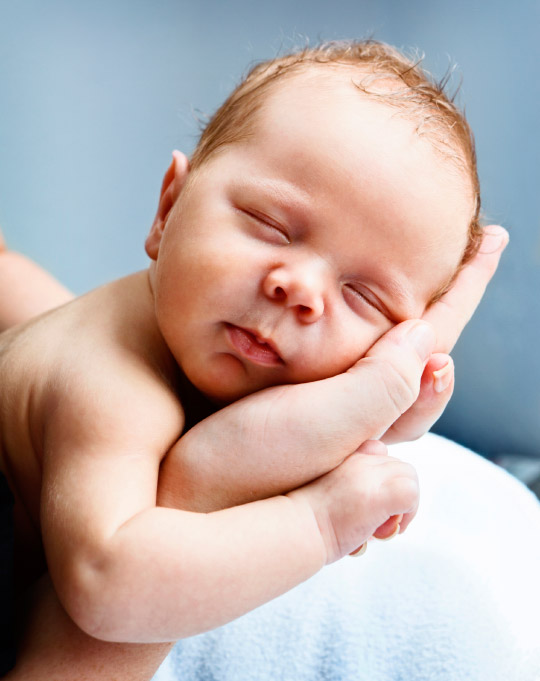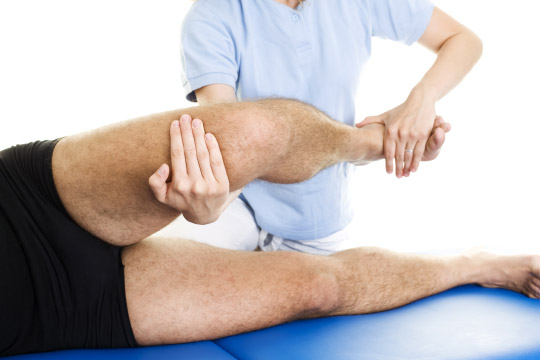
Martin Breen
Registered Osteopath


What is Osteopathy?
Osteopathy is a form of drug-free non-invasive manual medicine that focuses on total body health by treating and strengthening the musculoskeletal framework, which includes the joints, muscles and spine. Its aim is to positively affect the body’s nervous, circulatory and lymphatic systems.
This therapy is a unique holistic (whole body) approach to health care. Osteopaths do not simply concentrate on treating the problem area, but use manual techniques to balance all the systems of the body, to provide overall good health and wellbeing.
The key tools for osteopathic diagnosis include listening to the patient’s history, examining muscles and joints and observing movements. X -rays, scans and other clinical investigations are also used if required. A wide range of gentle, non-invasive manual techniques such as deep tissue massage, joint articulation and manipulation are applied therapeutically.
Osteopaths must be registered with the General Osteopathic Council in order to practice. Patients may be referred by their doctor, or may opt to see an osteopath independently. On any one day, up to 30,000 people consult osteopaths in the UK alone.
When should I use Osteopathy?
Osteopaths treat the whole person, not just the condition.

Cranial Osteopathy
This approach to treatment uses very gentle manipulative pressures to encourage the release of stresses and strains throughout the body, including the head. All joints in the body are designed to move, and this includes even the subtle movement between the individual bones of the skull.
This especially true with babies, children, adolescents and young adults up to age 22.
Babies:
Many people are surprised that Osteopaths can treat babies and children. Often the question is...'why do they need to be treated...?'
Often it is following a traumatic birth that may have involved forceps, venteuse, complicated presentation (baby stuck), emergency caesarian and so on.
All these events can cause torsion patterns to bones (and related sort tissues) of the skull, especially the membranous bones of the skull i.e. the 2 parietal bones the frontal bone (still in two parts at birth and only 20% fused) and the occipital bone, (still in 4 parts at birth).
This in turn can cause disruption to the suckling reflex, feeding, digestion, and bowel movements of the baby and disrupt their sleep.
Osteopathy has many very gentle cranial and visceral techniques to decrease the strain to the cranial bones, jaw, palate, cervical spine, thoracic and lumbar spine and diaphragm.
Adolescents:
For example: Injuries of the lower extremity that are unique to or occur more frequently in children include the following: slipped capital femoral epiphysis, musculotendinous avulsions about the pelvis, distal femoral physeal fractures, avulsion of the cruciate ligaments, tibial eminence fractures, Osgood-Schlatter disease, Sinding-Larsen-Johansson disease, ankle sprains secondary to maturing tarsal coalition, and physeal injuries of the foot and ankle.
We can treat a number of these conditions, reducing pain, reducing tension in growth patterns and improving the function of the limb, with special attention to its relationship with the pelvis and lumbar spine.

Pregnancy
Osteopaths are highly skilled and undergo a minimum of 4 years training. Gentle osteopathic techniques are perfectly safe at all stages of pregnancy. The cranial osteopathic approach is a particularly gentle way of working with the body’s own natural mechanism for releasing and re-balancing tensions, without force.
Symphysis Pubic Dysfunction (SPD):
The two pubic bones meet at the front of the pelvis at the pubic symphysis. This joint is held together by ligaments. In pregnancy all ligaments soften and this can lead to a painful stretching or separation of the pubic symphysis. This causes pain at the front of the pelvis, worse on exercise and towards the end of the day. Walking can become very painful and difficult as the pregnancy progressess.
Osteopathic treatment aims to improve the function of the limbo-sacral and sacral-iliac joints, affecting the torsion and strain of the sacro-uterine ligaments and thereby reducing the strain on the symphysis pubic joint.
Osteopathy in pregnancy can help to ease some of the physical discomforts of pregnancy, prepare you for the demands of labour and help the mother to recover after birth.

Ageing
As we age it is inevitable that our physiology and anatomy change.
Being mobile, active and as pain free as possible becomes even more important.
Arthritis is a common ageing condition, and can affect hips, knees, ankles, spine, cervical spine, shoulders, hands, and Osteopathy has treatment techniques to improve joint function.
This involves improving arterial blood flow to the relevant nutrient artery, thereby improving blood flow and nutrition to the joints, and ultimately improving joint function and movement, and decreasing the pain response in related tissues.
Cranial techniques are also very good for older patients as they are very gentle and applied very slowly and lightly.
Sport Injury
I have been lucky enough to have treated International and Olympic level athletes in a number of sports ( rugby, football, judo, rowing, cycling, gymnastics) and also a number of endurance athletes, especially when working in New Zealand and Australia.
I have also seen numerous (athlete) patients post these operations:
Anterior Cruciate Ligament Reconstruction
Knee Cap / Patella Dislocation: Medial Patello Femoral Ligament Reconstruction
Arthroscopy "Key Hole Surgery" - cartilage tears etc
Meniscal Implant
And also lower limb fractures (tibia, fibula, talus, navicular, calcaeneum)
Treatment and management of the patient following these injuries and operations, is essential, sometimes treating and working with the patient up to 12 to 18 weeks after the surgery. Treatment plan would evolve into rehabilitation exercise and fitness testing.

In a busy practice I see many patients who have had surgery for numerous operations, including:
-Hip replacement-Custom Knee replacement / resurfacing
-Total Knee Replacement
-Bicompartmental Knee resurfacing - an alternative to total knee replacement in the active patient
-Partial Knee resurfacing - Unicompartmental Knee Replacement
-Patello-Femoral Resurfacing (back of knee cap resurfacing)
As an Osteopath I approach each patients assessment, treatment, rehabilitation in a unique way for each individual.
Sometimes patients need some basic advice following surgery so please call if you need some advice.